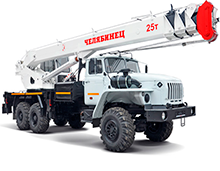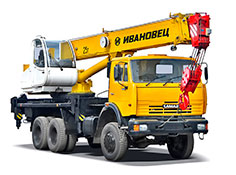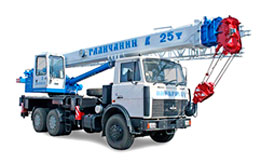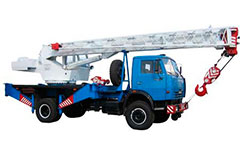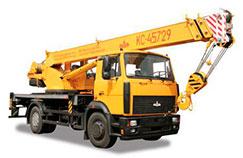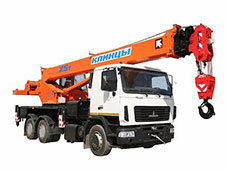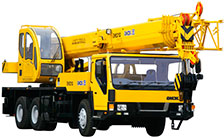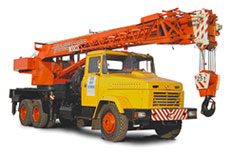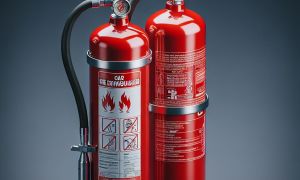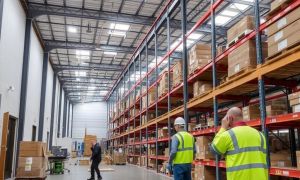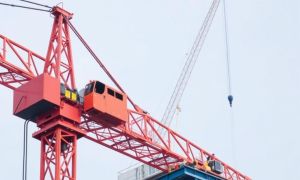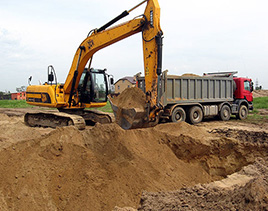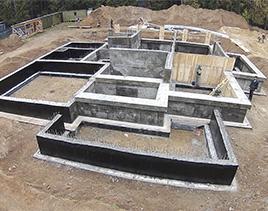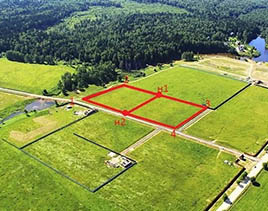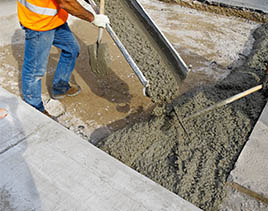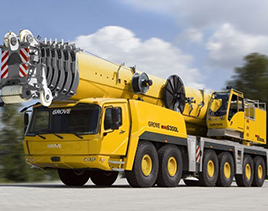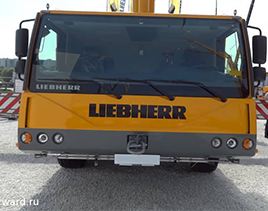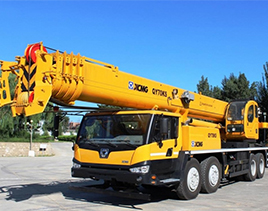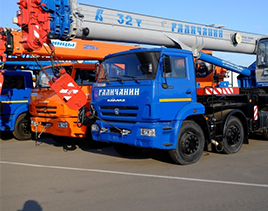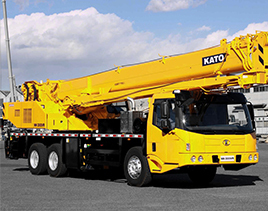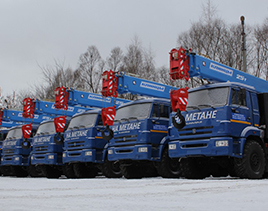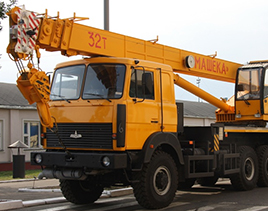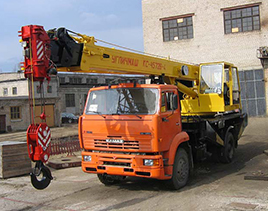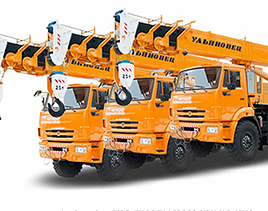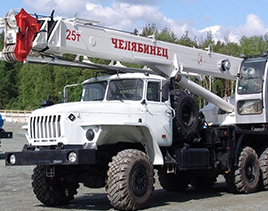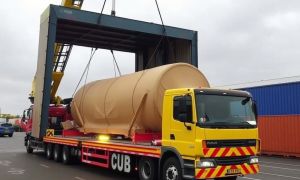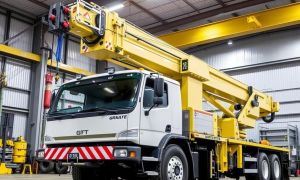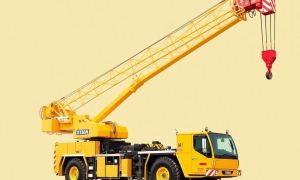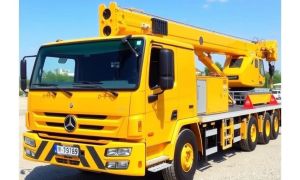Mobile crane operations have long been a cornerstone of construction, infrastructure development, and industrial projects. With towering capacities and incredible precision, these machines perform some of the most challenging tasks in various industries worldwide. However, like any heavy equipment, mobile cranes come with inherent risks and operational complexities that demand continuous improvements. Enter artificial intelligence (AI), a game-changer that is transforming how mobile crane operations are conducted, enhancing both safety and efficiency beyond anything previously imagined.
The integration of AI into mobile crane operations is not only about automating processes but also about making smarter decisions in real time. From AI-powered predictive maintenance systems to advanced sensor technology that prevents accidents, AI is helping operators mitigate risks and optimize performance. In this article, we will explore how AI influences different facets of mobile crane operations, including load management, operator assistance, safety protocols, and fleet logistics. Whether you’re directly involved in crane operations or simply fascinated by the intersection of technology and heavy machinery, this deep dive will reveal why AI’s impact is monumental.
How AI Enhances Safety in Mobile Crane Operations
Safety is paramount in any operation involving mobile cranes due to the tremendous load capacities and the environments in which cranes operate—often crowded, height-challenged, and dynamic. One of the biggest challenges mobile crane operators face is the risk of accidents resulting from human error, mechanical failure, or environmental conditions. AI tackles these challenges head-on by integrating advanced sensor systems and machine learning algorithms capable of continuously monitoring the crane’s operations.
AI-powered safety systems use real-time data collected from multiple sensors, such as load cells, gyroscopes, wind speed meters, and cameras, to monitor the crane’s stability and working conditions. These systems analyze whether the load is within safe limits and if the crane’s placement is secure given the terrain and weather conditions. If any anomaly is detected that could threaten safety, the AI immediately alerts the operator and, in some cases, can automatically slow down or stop the crane movement to prevent accidents.
Real-Time Monitoring and Risk Prediction
One fascinating aspect of AI in mobile crane operations is predictive analytics. By continuously digesting operational data, AI can identify subtle patterns that may suggest upcoming issues, such as mechanical wear or operator fatigue. These predictive systems give maintenance teams and operators a heads-up before a breakdown or failure occurs, thereby reducing downtime and enhancing workplace safety.
| AI Safety Feature | Description | Benefit |
|---|---|---|
| Load Monitoring | Real-time tracking of weight and load balance | Prevents overloads and potential tip-overs |
| Environmental Sensors | Tracks wind speed, ground stability, and weather conditions | Ensures operations stay within safe environmental limits |
| Automated Alerts | Immediate warnings sent to operators | Enables quick response to hazards |
| Predictive Maintenance | Analyzes usage and wear to forecast failure | Reduces unexpected downtime and accidents |
AI and Operator Assistance: Redefining Control and Precision
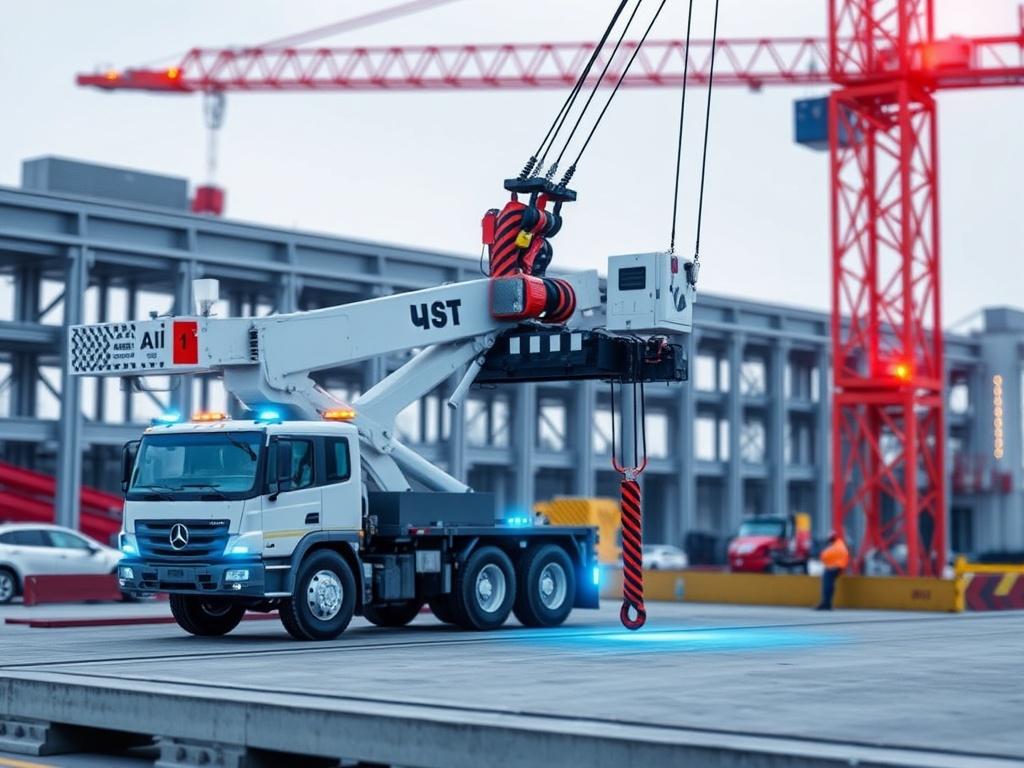
Mobile crane operations demand skill, focus, and precision from operators who often work under time constraints and stressful conditions. AI is redefining operator assistance tools by providing augmented decision-making capabilities that complement human judgment. These technologies include AI-based control aids, voice commands, gesture recognition, and augmented reality (AR) displays that provide better situational awareness.
Smart Control Systems
Modern cranes equipped with AI-controlled systems can offer variable speed adjustments, automatic load positioning, and self-correcting movements. These features reduce operator workload and fatigue while ensuring precise load handling. For example, AI can compensate for slight operator errors by stabilizing the boom or adjusting the crane’s counterweights in real time.
Augmented Reality for Operators
Augmented reality headsets and screens can project critical information directly into the operator’s line of sight, such as load weight, wind speed, obstacles, and safe operational zones. This enhanced visibility lets operators make faster, more informed decisions without having to look away to check instruments, dramatically improving both accuracy and safety.
- Voice Control: Hands-free commands allow operators to adjust functions without manual input.
- Gesture Recognition: AI understands operator gestures to execute specific crane movements.
- Smart Cameras: Continuous 360-degree vision around the crane helps prevent blind spots.
The Role of AI in Efficient Mobile Crane Fleet Management
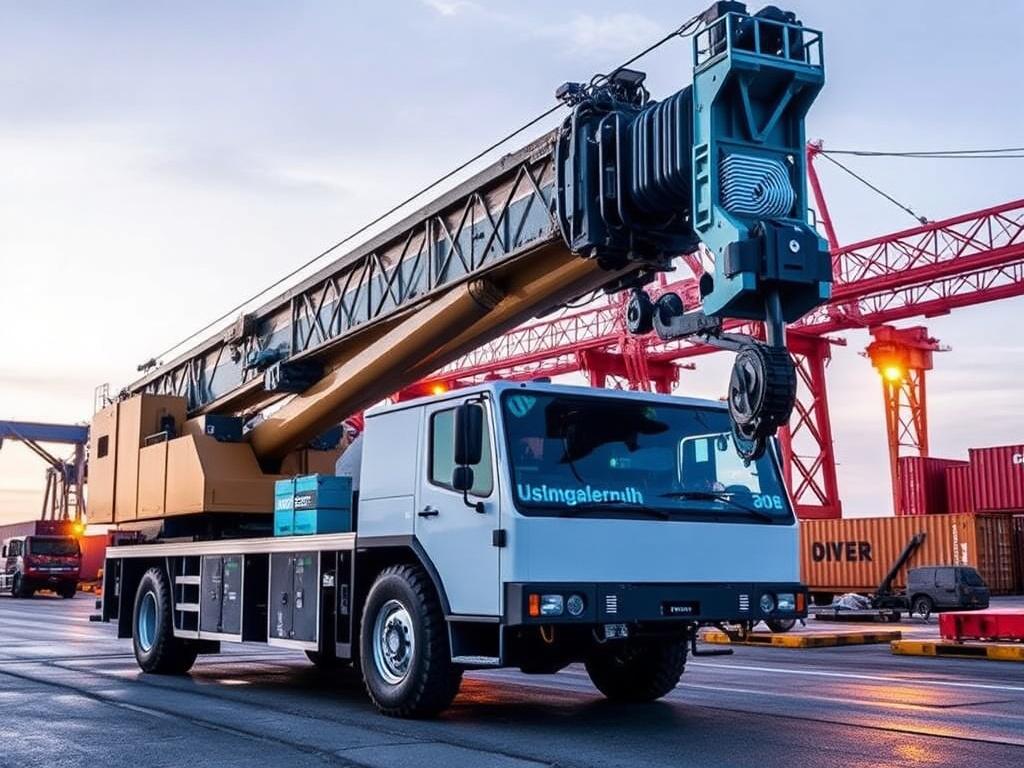
Beyond individual crane operations, AI is revolutionizing how entire fleets of mobile cranes are managed, maintained, and deployed. AI-driven fleet management solutions analyze real-time data from every machine to optimize scheduling, routing, and maintenance plans. This holistic approach results in significant cost savings and improved project timelines.
Optimized Scheduling and Deployment
AI algorithms plan crane usage based on project deadlines, site conditions, and equipment availability. This helps ensure that the right type of crane is dispatched to the right job at the most opportune time, avoiding delays due to mismatches or inefficient scheduling. Additionally, AI-driven route planning can navigate around traffic and restricted zones to deliver cranes quickly and safely.
Predictive Maintenance and Asset Management
AI-powered predictive maintenance tools track wear patterns and usage to forecast when parts will need servicing or replacement. This approach prevents breakdowns before they happen and extends the lifespan of expensive machines. Moreover, AI systems offer detailed records of each crane’s usage history and performance metrics, aiding fleet managers in making informed decisions about upgrades and replacements.
Challenges and Limitations of AI in Mobile Crane Operations
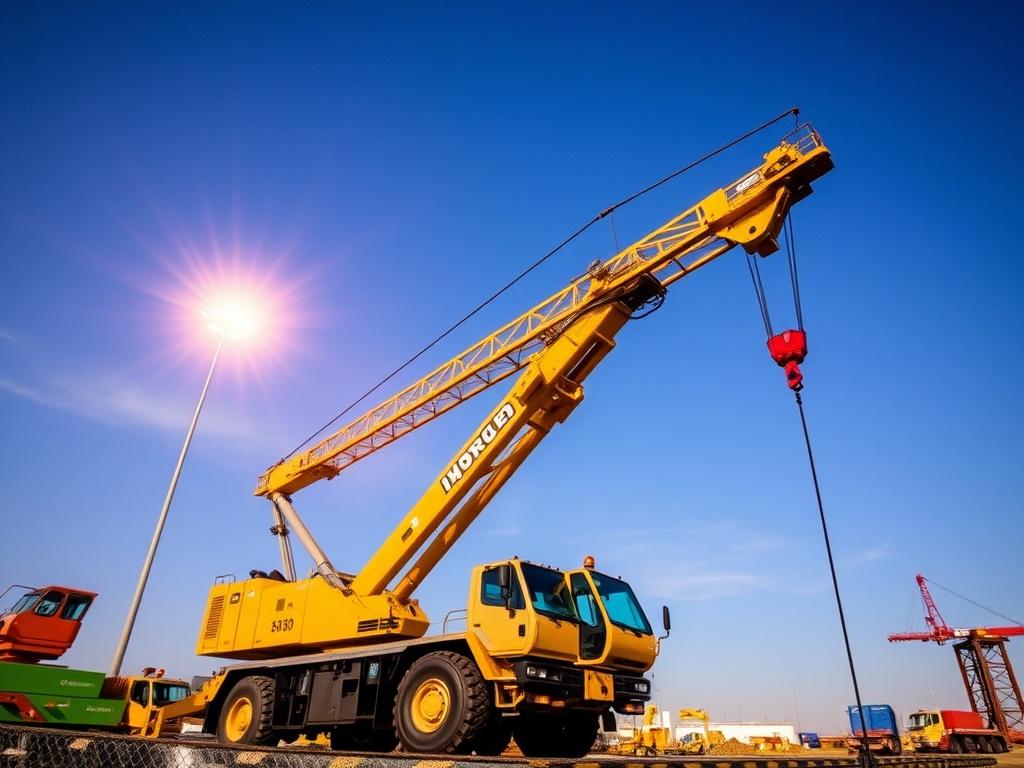
While AI brings tremendous benefits, it’s important to acknowledge the challenges and limitations still present in its application to mobile crane operations. Incorporating AI requires significant investment in hardware, software, and training, which can be prohibitive for smaller contractors. Furthermore, AI systems depend heavily on quality data; poor data inputs or sensor failures can produce inaccurate assessments or false alerts.
Integration with existing machinery is also a technical hurdle, as many cranes currently in use lack the necessary infrastructure for AI retrofitting. Another concern is the human factor—despite AI assistance, operators must stay vigilant and not become overly reliant on automated systems, as complacency can lead to accidents.
Balancing Automation with Human Expertise
The key to successful AI implementation in mobile crane operations lies in complementing rather than replacing human expertise. AI tools should act as enablers, improving decision-making and operational safety without removing the skilled operator from the equation. Training programs that educate operators on how to interact effectively with AI systems are essential to maximize benefits.
Looking Ahead: The Future of AI in Mobile Crane Technology
The future of AI in mobile crane operations looks exceptionally promising. As AI technology becomes more advanced and accessible, we can expect further innovations like fully autonomous cranes, advanced vision recognition capable of identifying site hazards in real time, and collaborative robots that assist operators on site.
Emerging trends also include integration with Internet of Things (IoT) networks, where cranes, other machinery, and site infrastructure communicate seamlessly, allowing AI systems to optimize overall site operations dynamically. This connected ecosystem will further enhance safety, reduce costs, and improve project delivery times.
| Emerging AI Technology | Expected Impact |
|---|---|
| Autonomous Crane Operations | Full automation of lifting tasks, reducing human risk exposure |
| AI-Powered Hazard Detection | Real-time identification of risks like falling objects or unsafe proximities |
| IoT & Networked Equipment | Optimized coordination across cranes and machinery on site |
| Advanced Operator Training Simulators | Immersive AI-driven training for safer and more efficient operations |
In summary, the impact of AI on mobile crane operations is profound and continuously evolving. From enhancing safety with real-time monitoring and predictive maintenance to augmenting operator control and optimizing fleet management, AI is ushering in a new era of precision, safety, and efficiency. While challenges remain, the benefits make AI integration an imperative for businesses looking to stay competitive and uphold the highest safety standards. Embracing AI is not just about adopting new tools—it’s about transforming the way mobile crane operations function for the better.

